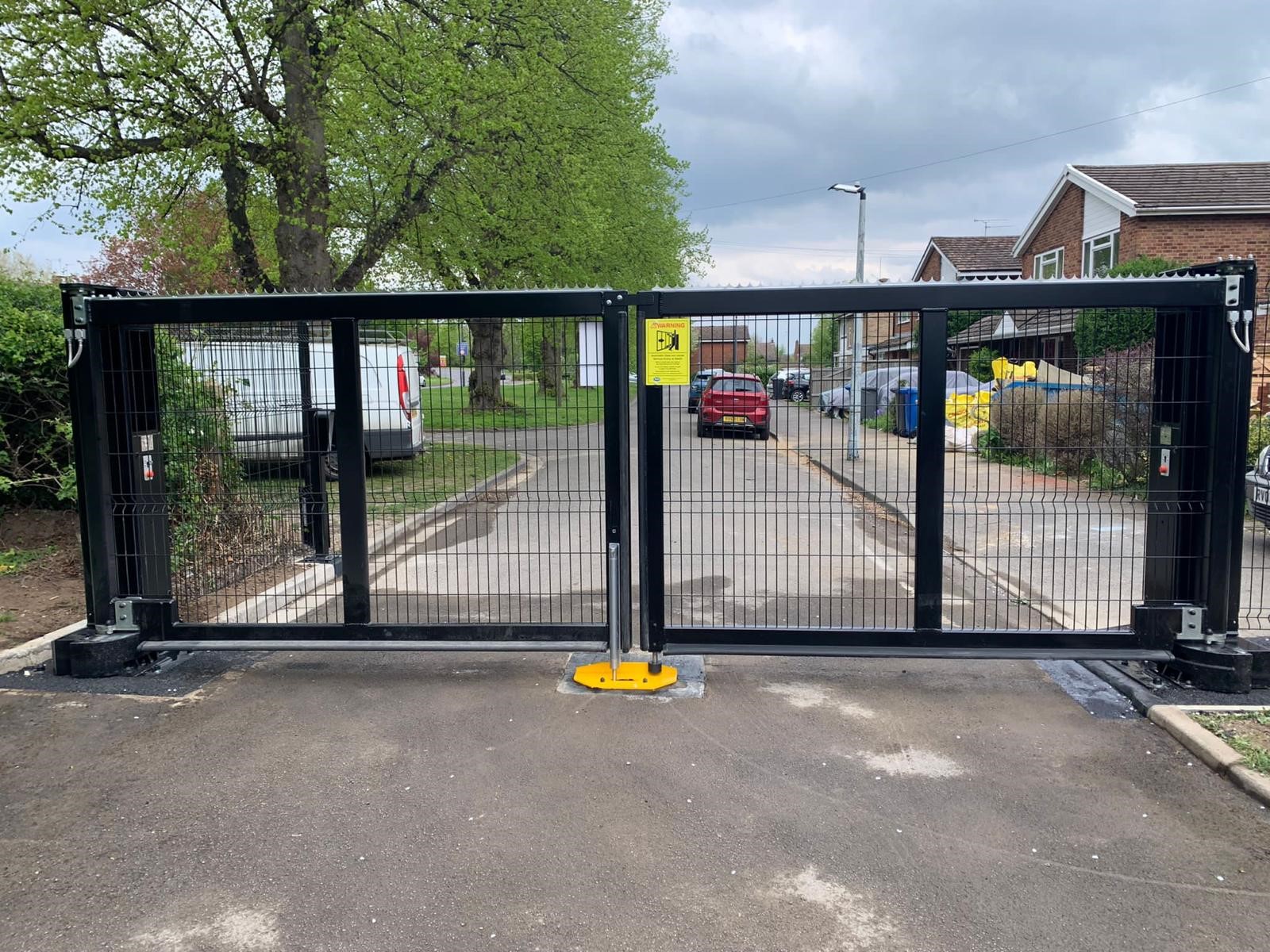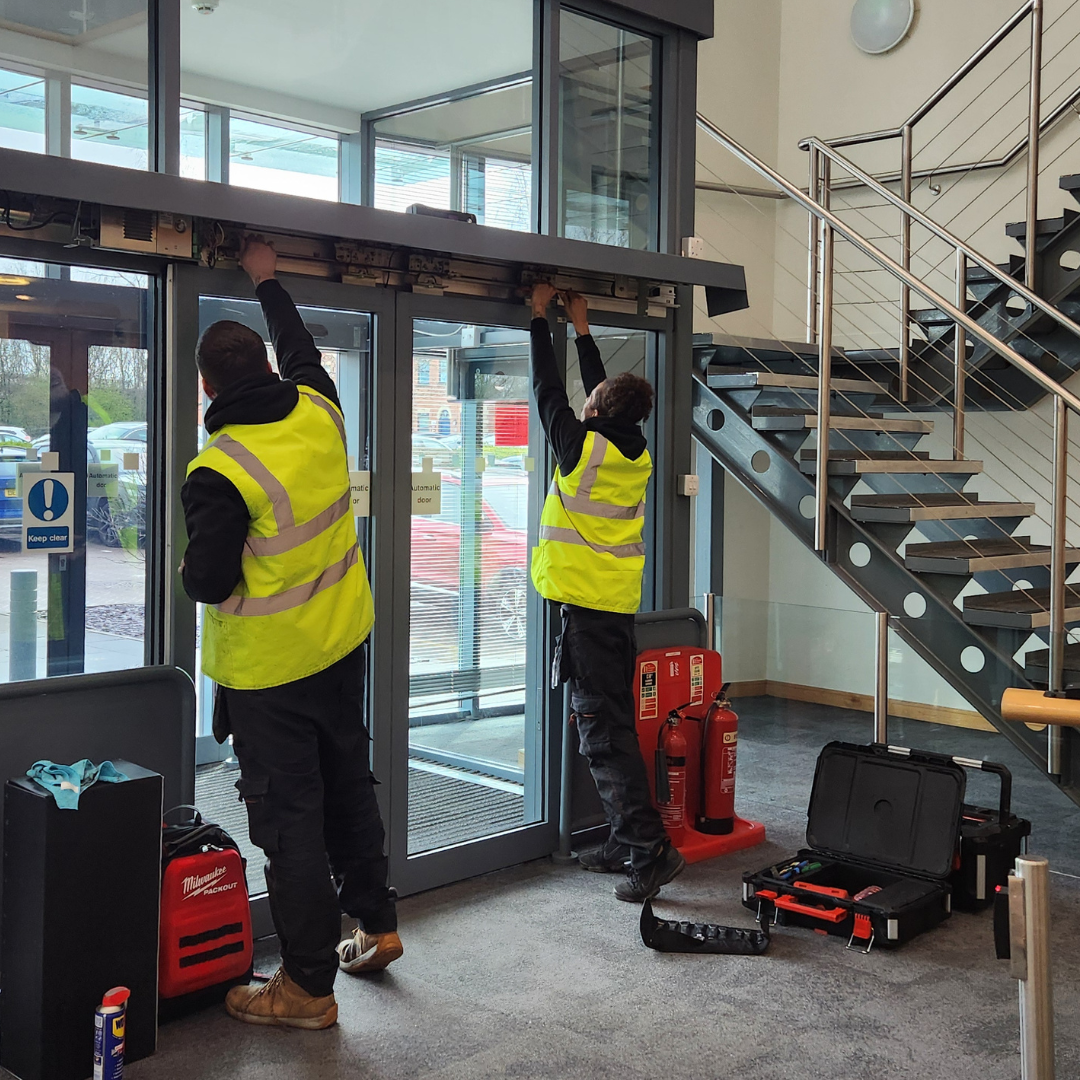Car Theft has Risen by 9% in the Last Year
Car park security has never been more important, with vehicle theft rising nearly 50% in the last five years and a car now stolen every five minutes, it’s vital that businesses know how to properly manage their car parks.
Motorists must also know how to protect their cars against thieves, with a 14% increase in criminal damage to vehicles from 711,000 to 811,000 offences. As well as an 8.4% rise in belongings stolen from cars from the previous 12 months, with Sat Nav systems, mobile phones and handbags the most popular items.
Typically, any high-priced model like Audi, BMW, Land Rover and Mercedes are the biggest targets. However, as keyless technology is moving into more affordable options, no car is left unturned. With the rise in car theft and falling police numbers, fewer than half, 45.32%, of stolen cars has been recovered in the last 10 years. We’re going to look at how cars are stolen, how to protect cars and how car parks should be managed to ensure safety and security.

How Do Criminals Break into Modern Vehicles?
Signal Relaying
Key fobs work by emitting a signal that the car recognises and unlocks, it works in a similar way for cars with start buttons. It’s unlikely, in normal circumstances, that your car could unlock from the back of the house. Thieves use a ‘relay box’ to capture the signal and relay it to the car, tricking the car into unlocking without making a sound.
Signal Jamming
Thieves use a transmitter, so if you press the lock button the car won’t lock, giving criminals easy access.
Key Programming
Criminals can programme a blank fob to open, lock and start a car using a device that fits to the car’s diagnostic port for a low, low price of just £10.
Close Range Testing
Even inside your house, a fob can still be in range of the car. Thieves will go up and down the street checking door handles, which may unlock the car. Although they probably won’t be able to drive away, it’ll make them more confident and could give you a flat battery.
App Hacking
Most cars have telematics, it’s useful to connect to the internet, but allows thieves to misconfigure or alter the server to locate, unlock and potentially start the engine of a nearby car.
Tyre Pressure Monitoring
Criminals can interact with your vehicle’s tyre sensors to track the car and display false tyre pressure readings. This may lure you to a garage and then thieves can pounce.

How to Protect Your Car
Lock your Vehicle
Always make sure the indicators flash, the mirrors fold if your car does it and you hear the clunk of the locks whenever locking your car. Check no windows or the sunroof has been left open.

Block the Signal
Keep keys out of sight and signal range when at home and out, like in an aluminium tin, signal blocking box, metal-lined pouch or wallet. Always test your methods work.
If thieves can’t relay a signal, they may try to break in to your house, ensure windows and doors are always locked and keys are never left near the front door.

Fit Old-Fashioned Locks
It’s near impossible to drive a car with a steering wheel lock, it will delay and deter thieves from trying to steal your car. It’s also possible to have a diagnostic port lock, gear lever and clutch pedal security device.

Fit a Tracker
A tracker device helps you to actively monitor your car, know when it isn’t where it should be and follow it via GPS.
Switch Off at Night
If your key fob can be switched off, you should do so at night.

Consider CCTV
While it doesn’t guarantee your car won’t be stolen, CCTV will deter thieves and put them off trespassing on your property. It can also help police find any criminals that do cause damage.

Be Aware of Carjackers
You in your car doesn’t always stop criminals, drive with locked doors and always leave enough room to get out of a tight space.
If your car is bumped from behind, pull over safely where there are people. If you’re suspicious, consider calling the police. If you’re threatened, it’s better to hand the keys over and call 999 as soon as possible.

Software Updates
Ensure the latest software is installed on your car to reduce the risk of it being stolen. Some manufacturers use USB devices while others use the internet, speak to your dealer or car manufacturer about vehicle software updates specific to your car.

Neighbourhood Watch
Join the Neighbourhood Watch be vigilant and report any suspicious behaviour.

Park Smart
Park somewhere well-lit and populated, avoid dark and secluded areas. Look for a staffed car park displaying the Park Mark under the Safer Parking Scheme.
Check the GOV.UK site for information on what to do if your car has been stolen.

Managing Car Parks
Employers have a responsibility under the Health and Safety at Work Act 1974 to keep employees and others on their premises safe, which includes effective and safe management of car parks.
Poorly managed car parks have an impact on company reputation and employee engagement. If parking is hazardous, where demand outweighs capacity, it affects motorist’s visibility, makes manoeuvring difficult, increases the risk of collisions and disrupt fire evacuation plans.
If employees spend half an hour circling the car park, they’re likely to arrive feeling negative and it will give visitors a bad first impression. It could also damage the local community, aggravating residents if employees park on nearby streets.
Car Park Hazards
- Over-parking and site congestion.
- No defined parking areas and pedestrian routes.
- Cars obstructing routes, motorists and pedestrian’s line of sight.
- Unsafe, badly lit pedestrian routes from the parking area to where people need to go.
- Risk of crime against individuals and vehicle theft.
- Insufficient maintenance of equipment.
- Fire risk in underground or large multi-storey car parks.
Fire safety in car parks should be part of a fire risk assessment under The Regulatory Reform (Fire Safety) Order 2005.

How to Safely Operate Car Parks
The Management of Health and Safety at Work Regulations 1999 gives employers the responsibility to assess and manage workplace risks including parking areas for any work-related vehicles, private cars, motorcycles and bicycles.
- Cars must be parked away from pedestrian and vehicle traffic.
- Drivers must be told where to park upon entering the site.
- Parking areas should minimise manoeuvring and reversing of large vehicles.
The risk assessment should answer:
- How many vehicles use your site?
- Where do they go?
- What do the drivers do?
- What type of vehicles are they?
- How do we need to control parking?
- How will we separate pedestrians from traffic in parking areas?
- How will we minimise manoeuvring and reversing?
- How will safe parking be enforced?
There ought to be procedures that everyone is aware of to ensure vehicles are safely driven and parked correctly for example, allocating parking spaces to specific employees.
Employers should develop a travel plan to encourage other transport use and reduce demand on car parking.

Controlled Parking
Where uncontrolled parking is a risk, control measures need to be implemented in the affected areas. Drivers entering a controlled area need to be told where to park and how to identify the right area. Where parking is controlled across the site, information should be relayed at the entrance.

Vehicle and Pedestrian Segregation
Pedestrian and vehicle exclusion areas are vital to ensure people can get to where they need to go safely. Car parks must be level, well-drained and not slippery to reduce risk of injury.

Type of Parking Area
The type of area, whether lots, bays, lay-bys or something else entirely should be decided based on what vehicles are used, where vehicles go and how they’re used.
Vehicles must never be left without being braked.

Manoeuvring
Drivers should only be required to manoeuvre their vehicle when parking or leaving, avoiding reversing where possible unless a large goods vehicle needs to for loading and unloading purposes.

Personal Safety
The safety of anyone using or working in car parks should form part of an employer’s risk assessment and consider:
- Lone working and the potential for assault or robbery.
- Extreme weather.
- Potential for ill health.
- Being struck by vehicles moving around the car park.
- Theft of or from vehicles.
- Emptying parking ticket machines for cash.
Risk management should be appropriate for the level of risk to the individual and premises.

Inspection and Monitoring
Physical inspections should be carried out at different times of the day, contrasting weather conditions and through all four seasons.
General responsibilities for inspections should include but isn’t limited to; making sure all safety measures are in good condition like signs and barriers, vehicles are being parked correctly, car park users and pedestrians are following the rules and there are no congestion issues.
All equipment should have maintenance procedures in place. Employers should provide the opportunity for employees to report any car parking issues and continually monitor usage to ensure safety.

Enforcement
Parking restrictions should be enforced when someone parks where they’re not supposed to, this may be in the form of a wheel-clamping scheme.

To Keep Car Parks Secure Have:
Clear Signposting
Car parks signs improve safety, for example indicating where staff can’t park, visitor only areas, speed limits, pedestrian access and pedestrian crossings.

Bollards
Bollards help control pedestrian and vehicle traffic, guiding cars where to park and show pedestrians which routes to avoid. They are particularly effective in winter when icy to cordon off unsafe areas.
BGB fit a range of bollards, which are quick and easy to install, cause minimum disruption and require little maintenance. Our automatic bollards are particularly effective for car park security compatible with all forms of automatic and electronic access control technologies.

Speed Ramps
Speed restrictions and speed ramps reduce risk of an accident or collision with cars moving slower and safer around the car park.

Barriers
Barriers make sure only authorised personnel have access to the car park and premises. It stops unauthorised people using the car park and increasing congestion. If combined with a security guard, it improves customer service and shows visitors the premises are secure.
BGB’s vehicle barriers are all CE marked and fitted in line with the necessary safety regulations. BGB’s chosen vehicle barrier systems can be configured to manage a wide range of site and traffic applications, which creates unlimited parking control and flexibility. This includes height restrictors which are vital for car parks that can’t accommodate large vehicles and need to make clear where they can and cannot go.

Lighting
Car parks must be well lit, so pedestrians are visible to drivers and people can get to their cars safely especially in the darker mornings and evenings.

Adequate Space
Informed by the risk assessment, there must be enough space for all vehicles that use the site to manoeuvre safely and keep emergency exits clear.

CCTV
CCTV like in homes helps makes car parks more secure, acting as a criminal deterrent to prevent crime against individuals or vehicle theft.

Benefits of ANPR in Car Parks
Automatic Number Plate Recognition (ANPR) uses cameras and character recognition matching a number plate to a pre-existing list, to allow or deny vehicle access and increase security.
Improves Safety
ANPR helps employers address security problems, like an employee driving carelessly, and deal with it before it becomes a more serious issue.

Proficiency
While a manual check system can be very laborious, ANPR systems automatically lets vehicles in and out. It also removes the need to have an employee at entry and exit, reducing costs and use of resources.

Maximises Security
Human error always occurs even with the strictest manual checks whereas, ANPR gives 99% accuracy, peace of mind and reliability.

Employee Monitoring
An ANPR system can be integrated into HR acting as time and resource management, so any problems can be dealt with properly.
BGB offers access control measures as an additional level of security for our perimeter security installations, including ANPR. Access control is convenient, allowing for better management of pedestrian and vehicle traffic, improved record-keeping on the premises, saving on business costs and makes for happier staff.
Have a look at our systems page to see what else BGB can supply, install and maintain to suit each individual customers’ requirements.

About BGB
Established in 2007 Boundary Gate and Barrier Contracts dedicated team of skilled and experienced individuals have quickly established an impressive national customer base and an enviable reputation for knowledge and expertise in the application of Perimeter Security systems. Our mission is to provide you with a reliable, honest, cost-effective service and we are dedicated to giving you, our customers, the highest level of service and support at all times.







